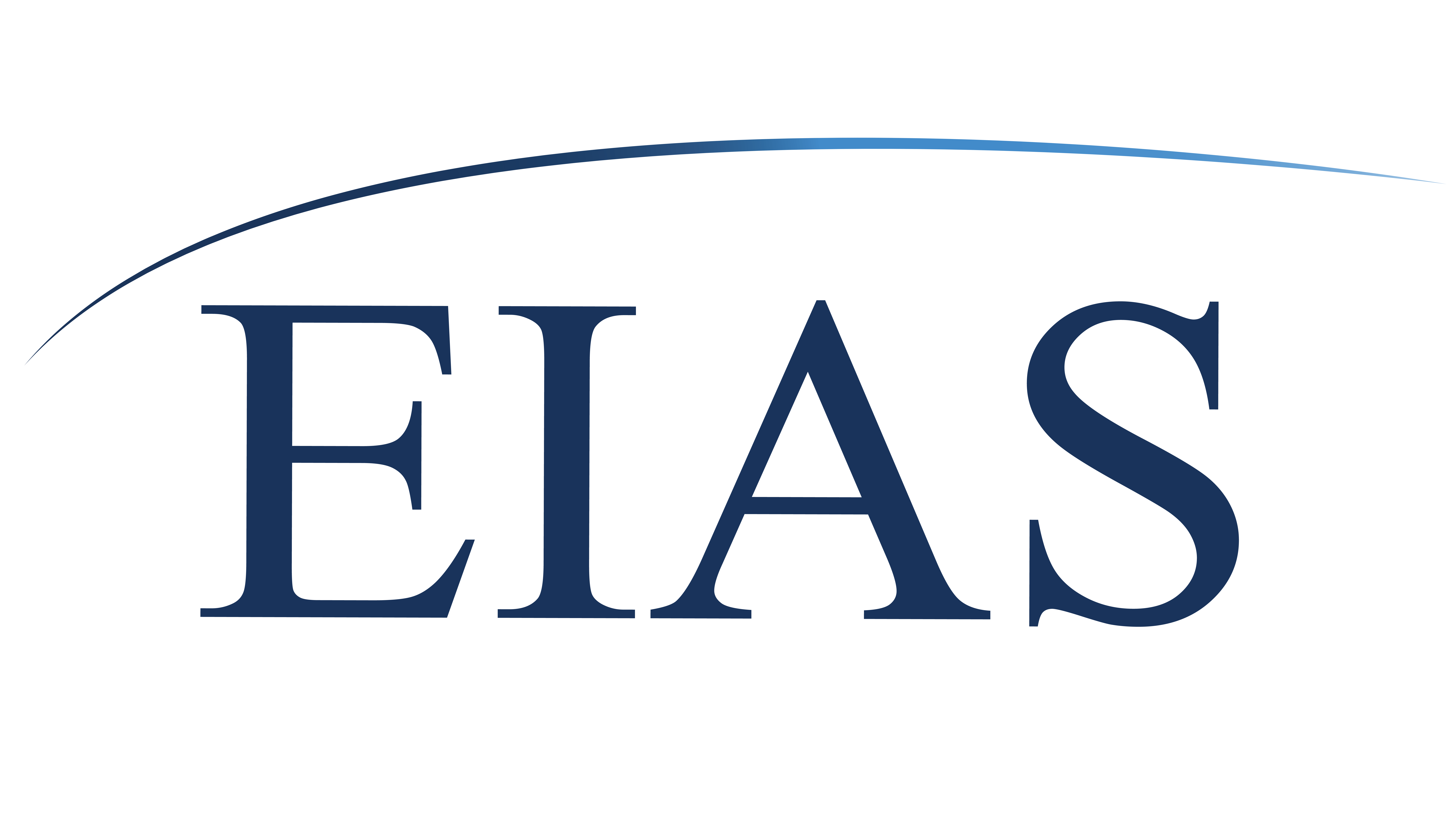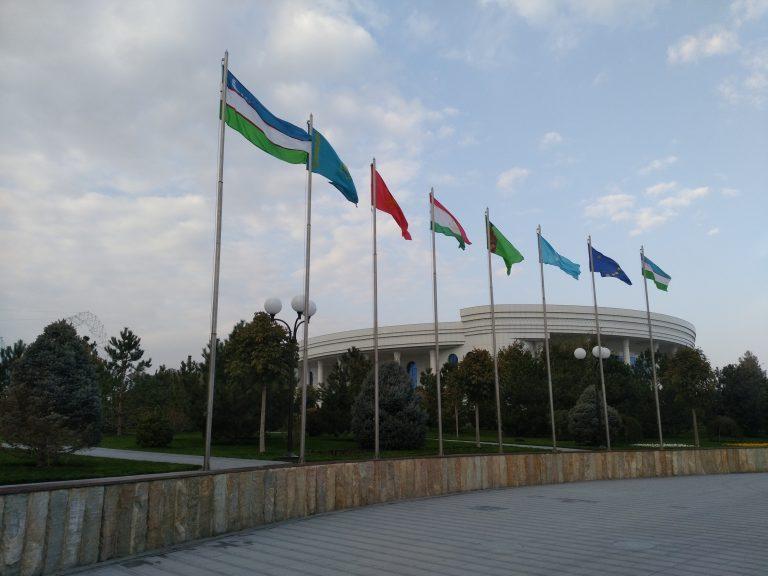On 15 March, leaders of the Central Asian Republics will gather in Astana (Kazakhstan) for a historic meeting which signals the dawn of a new era of regional cooperation and integration in Central Asia. A new era that firmly leaves behind historical animosities and rivalries in favour of ushering in new cooperative approaches, with efforts for closer integration being led by Uzbekistan and Kazakhstan, the most populated country and the largest economy of the region respectively. While the absence of Turkmenistan’s head of state is regretful, the country will still have a high-level representative, parliament speaker Akja Nurberdiyewa, in attendance.
Although in the past, some heads of Central Asian states have met in the margins of summits including the Shanghai Cooperation Organisation (SCO), the Collective Treaty Security Organisation (CTSO), or the Eurasian Economic Union (EEU) to name a few, these fora do not serve to strictly address Central Asian issues and are led by powers external to the region (Russia, China etc.).
The meeting was first announced by Uzbek President Shavkat Mirziyoyev at the high-level conference “Central Asia: Shared Past and Common Future, Cooperation for Sustainable Development and Mutual Prosperity”, held in November 2017 in Samarkand. At this conference President Mirziyoyev elaborated on a new vision for regional cooperation and proposed for heads of Central Asian countries to meet on a regular basis, a vision supported by all Foreign Ministers of the Central Asian Republics present. Furthermore, as President Mirziyoyev stated in his address to the Parliament earlier this year: “Central Asia is the main priority in the foreign policy of Uzbekistan”. As a result, a new political climate is taking shape in the region, with state relations increasingly being characterised by trust. The foundations for regional cooperation are being laid now in order to take advantage of the region’s vast and diverse unexplored potentials.
Some recent positive developments in the region facilitating the holding of this summit include: the delimitation and demarcation of borders. One can highlight here the agreement between Kazakhstan, Turkmenistan and Uzbekistan last year, determining the points of junction between the three countries, as well as rapid progress in the delimitation of the Uzbek-Kyrgyz border. Second, high-level visits and contacts have significantly increased, including notably President Mirziyoyev’s historic trip to Tajikistan last week (only the second by an Uzbek president since 1991), paving the way for the normalisation of relations between the two countries. Third, intra-regional trade, while still low, has increased, up to 70 percent year-on-year between some countries. Fourth, greater people-to-people connectivity, facilitated for example by the resumption of direct flights between Tashkent and Dushanbe and simplification of visa restrictions. Finally, renewed optimism on the prospects of a unified electricity/energy grid in Central Asia. Last year, for instance, it was agreed that Turkmenistan would start exporting electricity to Kazakhstan and Kyrgyzstan through Uzbekistan.
Following recent leadership changes in Uzbekistan and Kyrgyzstan, this summit takes place in the context of an altered regional and global environment which requires dialogue and cooperation to tackle challenges and collectively tap into opportunities. Indeed, in the era of connectivity, regional cooperation is the only way for regions to fully reap the benefits of increased trade and investment flows across Eurasia and become better integrated in global supply chains. An integrated Central Asia is a key stepping stone towards a well-connected Eurasia. As a recent World Bank document puts it, “the re-integration of the Eurasian continent could be one of the main defining features of the 21st century”, with Central Asia as its main pillar.
Despite previous unsuccessful attempts at regional cooperation and integration initiatives (such as the proposition by Kazakhstan to create a Union of Central Asian States in 2007), now the Central Asian region finds itself at a critical juncture, with all of its republics having ambitious development, modernisation and economic diversification agendas in place. These countries need to discuss and comprehensively exchange best practices on how to diversify economies, develop the services sector and deal, to a greater or lesser degree, with the consequences of the end of the commodities boom. While acknowledging that the countries have heterogeneous economic structures, are at different stages of development, and are geographically diverse; they do face structural constraints that require common approaches and solutions.
There are many challenges that require a concerted and coordinated regional effort: tackling extremism and (youth) radicalization, border security (especially along the Afghan border which three Central Asian countries share), energy, and preparedness for natural disasters related to the effects of climate change. Cooperation in the area of water sharing between upstream (Kyrgyzstan and Tajikistan) and downstream countries (Kazakhstan and Uzbekistan) is particularly relevant in the context of the International Decade for Action “Water for Sustainable Development” which starts this year. Dialogue on the above-mentioned areas is furthermore crucial for the achievement of the 2030 Sustainable Development Agenda and the Paris Climate Deal (COP21), uniting national efforts towards a low-carbon future.
Another rationale for greater cooperation is that despite Central Asia being one of the most dynamic and fastest growing regions, the share of intra-regional trade relative to the region’s overall trade has been diminishing over time. New mechanisms of trade facilitation between Central Asian countries are needed given the challenging geographic conditions of the region. Further, a joint approach to the management of trade, energy, and transportation corridors, simplification of border crossing and customs procedures, and more generally the harmonisation of logistics and trade regulations and infrastructure standards is particularly relevant for landlocked countries such as Central Asia. These processes will assist integration into global supply chains and facilitate the more efficient and swift movement of goods and people to boost trade and regionalisation. There is also an ostensible need for the fostering of a macroeconomic policy dialogue so as to promote economic and financial stability.
In addition, one challenge that urgently needs addressing is the building of infrastructure that matches current trading patterns and overcomes those of Soviet times. What’s more, the region needs to divert efforts towards tackling the massive infrastructure deficit, which stands at USD 565 billion for the period 2016 to 2030, according to UNESCAP figures.
As Central Asia finds itself increasingly in the international spotlight, as a result of numerous global powers affording a greater degree of priority to relations with the region, and also due to the increasing importance of land-based routes assuming a greater share of Eurasian trade in the years to come, Central Asian Republics need to come together to establish a common position regarding grand Eurasian connectivity projects such as the Belt and Road Initiative. A particular focus should be on how to bring such initiatives in line with Central Asian interests, and how to increase their ownership in these initiatives, making them more transparent and inclusive in the process.
It is hoped that the meeting of Central Asian heads of state will not only be a declaration of good intentions and renewed friendship, but that it will also pave the way for specific and concrete initiatives to take regional cooperation to the next level.
There will be plenty of opportunities after the summit to discuss the precise future format and frequency of these meetings, and the degree of institutionalisation and formality they should aim for: for instance, annual leader’s meetings could be complemented by more frequent technical meetings at (sub-)ministerial level. In the early stages, it would be perhaps advisable to focus on a small and limited number of areas (centred around the development of regional, trade and transport corridors) before venturing into more sensitive, security-related issues. The experience of ASEAN, for instance, which brings countries at distinct stages of development, warns against an overly institutionalised framework and calls for consensual approaches.
Lastly, Central Asia can count on the full support of the EU as they initiate this new era of cooperation. As EU Special Representative for Central Asia Peter Burian recently said in Astana, “We welcome this decision, we would like them to discuss priorities together and craft their own regional strategies to overcome challenges”.
During the first years of their existence, Central Asian countries were focused on consolidating their recently gained independence and sovereignty as their first priority rather than regional cooperation. Today however, the region is ready to overcome this era of inward-looking nation building and the legacies of border conflicts, and fulfil its enormous potential by connecting people, policies and projects, fuelled by the strong political will of central Asian leaders. It is worth remembering the conclusions of a 2005 UNDP report indicating that the potential benefits of effective regional cooperation for the countries of Central Asia could lead to a possible doubling of regional GDP over a 10-year period, to grasp the scale of the potential in the region.
In conclusion, because meetings at the highest level in Central Asia have been such rare occurrences, when they do come about, they are truly historic occasions. Central Asia – and, indeed, the rest of the world – has much to gain and little to lose from such initiatives for closer cooperation.
Alberto TURKSTRA, Programme Coordinator, European Institute for Asian Studies

